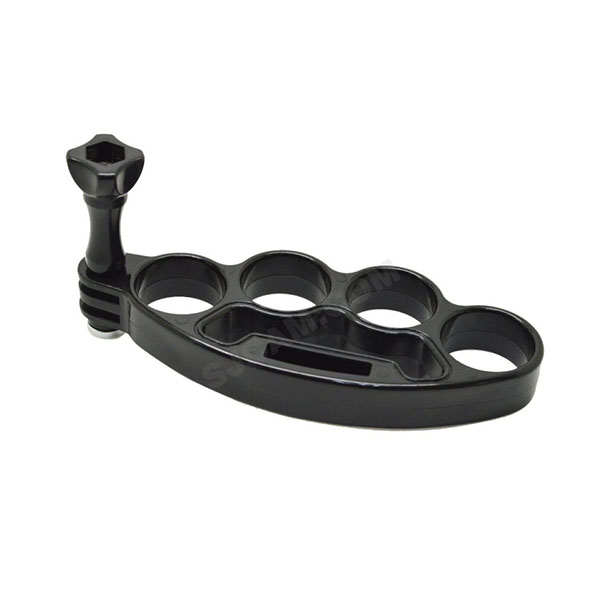

SumitechProvide customers with precision parts
Focus on precision parts processing and production
Order Hotline:+86 13418256345

What is the main function of five-axis parts processing?
A mode of CNC machine tool processing for five-axis parts. According to the regulations of ISO, when describing the motion of a CNC machine tool, a right-handed rectangular coordinate system is adopted. Among them, the coordinate axes parallel to the main axis are defined as the Z-axis, and the rotational coordinates around the x, y, and Z-axes are A, B, and C respectively. The movement of each coordinate axis can be achieved by the worktable or by the movement of the cutting tool, but the direction is defined by the movement direction of the cutting tool relative to the workpiece. Generally, five-axis linkage refers to the linear interpolation motion of any five coordinates among x, y, z, A, B, and C.
In other words, the five axes refer to the three moving axes x, y, and z plus any two rotating axes. Compared with the common three-axis (x, y, and z degrees of freedom) machining, five-axis machining refers to the process where, when machining parts with more complex geometric shapes, the machining tool needs to be able to position and connect on five degrees of freedom.
The machine tools used in five-axis machining are usually called five-axis machine tools or five-axis machining centers. Five-axis machining is often used in the aerospace field to process components such as body parts, turbine parts and impellers with free-form surfaces. Five-axis machine tools can process different sides of the workpiece without changing its position on the machine tool, which can greatly improve the machining efficiency of prismatic parts.
Cradle type, vertical type, horizontal type, NC worktable +NC dividing head, NC worktable +90° B-axis, NC worktable +45° B-axis, NC worktable + A-axis °, non-orthogonal, two-axis NC spindle, etc.
About Sumitech
CompanyapplicationCertificate environmentcontactProduct
Five axis machining part High precision partsCNC lathe partsMedical device partsOther industriesNews
Company Industry problem+86-134-1825-6345Monday to Saturday 8:30-20:00
(welcome to inquire)
Sumitech precision machinery technology (Dongguan) Co., Ltd © Copyright【ADMIN】【Back to top】